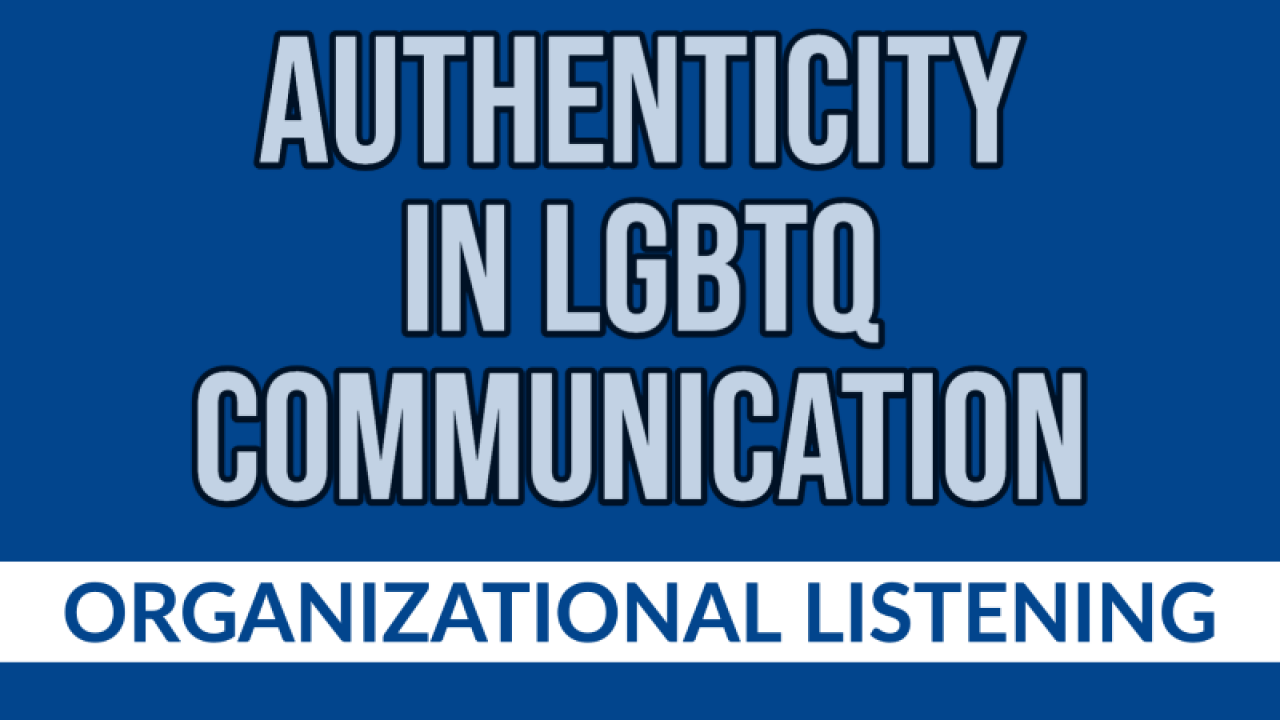October 11, 2022
How to understand and measure the authenticity perception of LGBTQ communication

By Hayoung Sally Lim, University of Oregon; E. Ciszek, University of Texas at Austin; and Won-Ki Moon, University of Florida
As soon as June 1 hits, numerous brands change their logos to rainbows.
Companies launch Pride-themed products and campaigns showing their support for LGBTQ+ communities. Surprisingly, it has been only two decades since companies pulled their ads from ABC duriing the "coming out" episode in which Ellen DeGeneres came out as gay. Now, everyone wants to get in on Pride.
In an interview with PR Week, Jan Gooding, chair of LGBT+ equality campaign group Stonewall and former global inclusion director at Aviva, noted that Pride is “a massive opportunity for brands to show their employees and customers that they are LGBT+ inclusive.” Support feels much better than silence.
The rainbows of June still mean a lot to those of us who grew up when sexual and gender minorities were met with violence, intolerance and indifference. However, consumers these days want more from brands; something more than rainbow packaging or decorated social media pages. These days, consumers are accusing brands of “rainbow washing” – the practice of using rainbow-themed symbolism in branding, advertising, merchandise or social media, ostensibly to support LGBTQ+ people during pride month, but without active support of LGBTQ+ people’s identities or rights. As a result, people call for the authenticity of LGBTQ+ friendly brand initiatives and communication.
Both public relations practitioners and researchers agree that authenticity matters. Moreover, research by Ciszek and Lim suggests that LGBTQ+ people may perceive authenticity in LGBTQ+ friendly brand communication differently. Representativeness is an important dimension of perceived brand authenticity, which past research has failed to capture in the context of heterosexual consumers-targeted marketing.
Our research team developed an integrative concept of perceived authenticity that captures a more nuanced perception of authenticity among LGBTQ stakeholders and examined the effects of perceived organizational authenticity (POA) on Pride campaign evaluations. We conceptualize POA with historically marginalized publics as the extent to which stakeholders perceive an organizational to be faithful toward itself (continuity), true to its stakeholders (credibility), motivated by caring and responsibility (integrity), and able to support stakeholders in being true to themselves (symbolism), and representing a diversity of stakeholders and their identities (representativeness).
With 400 LGBTQ/non-LGBTQ participants, we developed a 20-item Perceived Organizational Authenticity (POA) scale measuring five dimensions, namely: credibility (four items), integrity (five items), symbolism (four items) and continuity (three items), and representativeness (four items).
For example, credibility measurement items include a brand that is honest to the LGBTQ+ community and a brand that accomplishes its promise the LGBTQ+ community; whereas representativeness includes a brand that represents a diversity of LGBTQ+ people and a brand that connects marginalized people.
As a number of companies and organizations are engaging in LGBTQ+ communication and further, LGBTQ+ rights movement, organizations are experiencing pressure for more authenticity in their communication practices. The POA scale can be used to measure the effectiveness of organizational LGBTQ+ communication as well as stakeholder perception of authenticity. Thus, our research provides guidelines regarding how POA of LGBTQ communication might be enhanced.
This research was funded by a 2020 Page/Johnson Legacy Scholar Grant from a call for proposals on organizational listening.
